Common slang terms for cool in the 1920s included terms like “cat’s meow,” “slick”, “spiffy” and “copacetic”. More general terms for something very good, and often cool, included “cat’s pajamas” or “berries”. Many terms that you’ll still hear today were also used in the 1920s, such as “dynamite,” “hip” or “bang-up”.
The “cool” aesthetic as we know it today was in many ways started in the 1920s.
Though our idea of what makes someone or something cool has changed a lot over the last century, the very idea itself of “cool” was really a notion that got started in the 1920s.
Let’s find out more.

1920s Slang For Cool
Bang-up
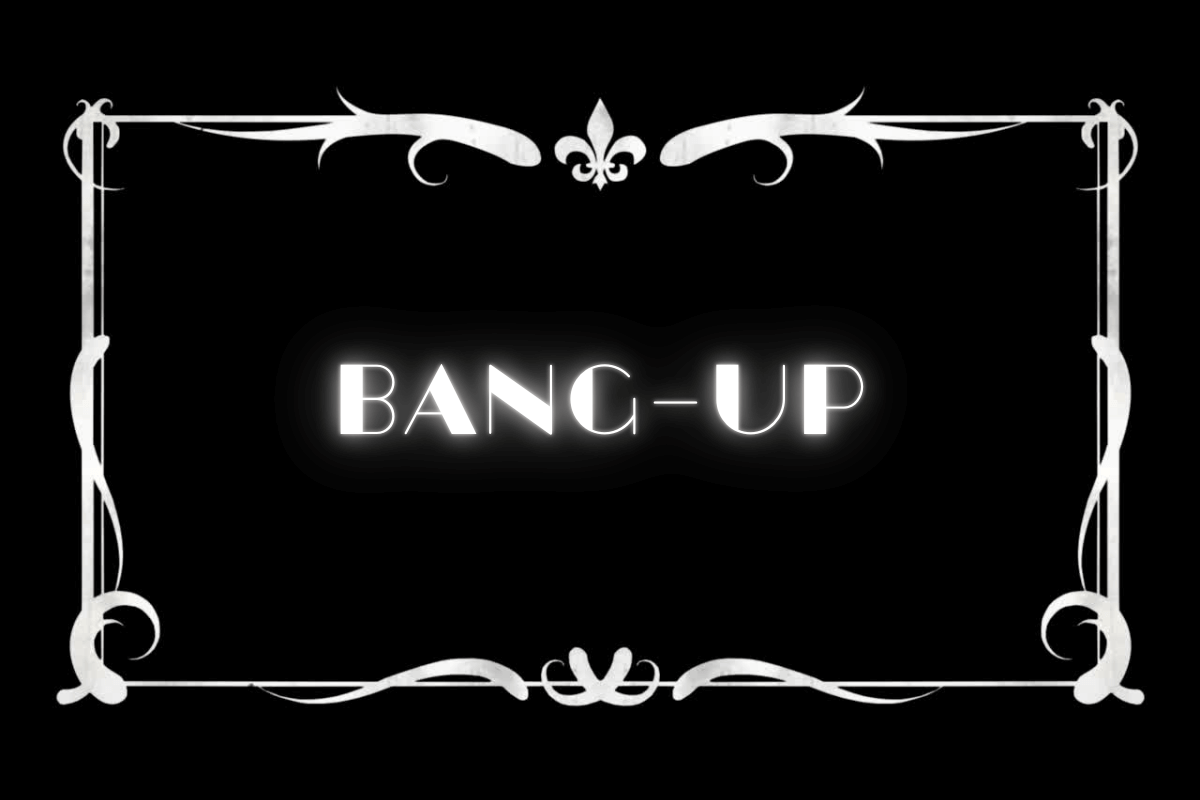
More common in Britain, “bang-up” meant something that was done exceptionally well or was of the highest quality.
It was used for people, events, and achievements alike.
Examples in sentences:
- “That was a bang-up meal—absolutely delicious.”
- “His bang-up performance brought the audience to their feet.”
- “They threw a bang-up party for New Year’s Eve.”
- “He’s a bang-up journalist—always gets the best stories.”
- “The hotel provided bang-up service.”
The Bee’s Knees
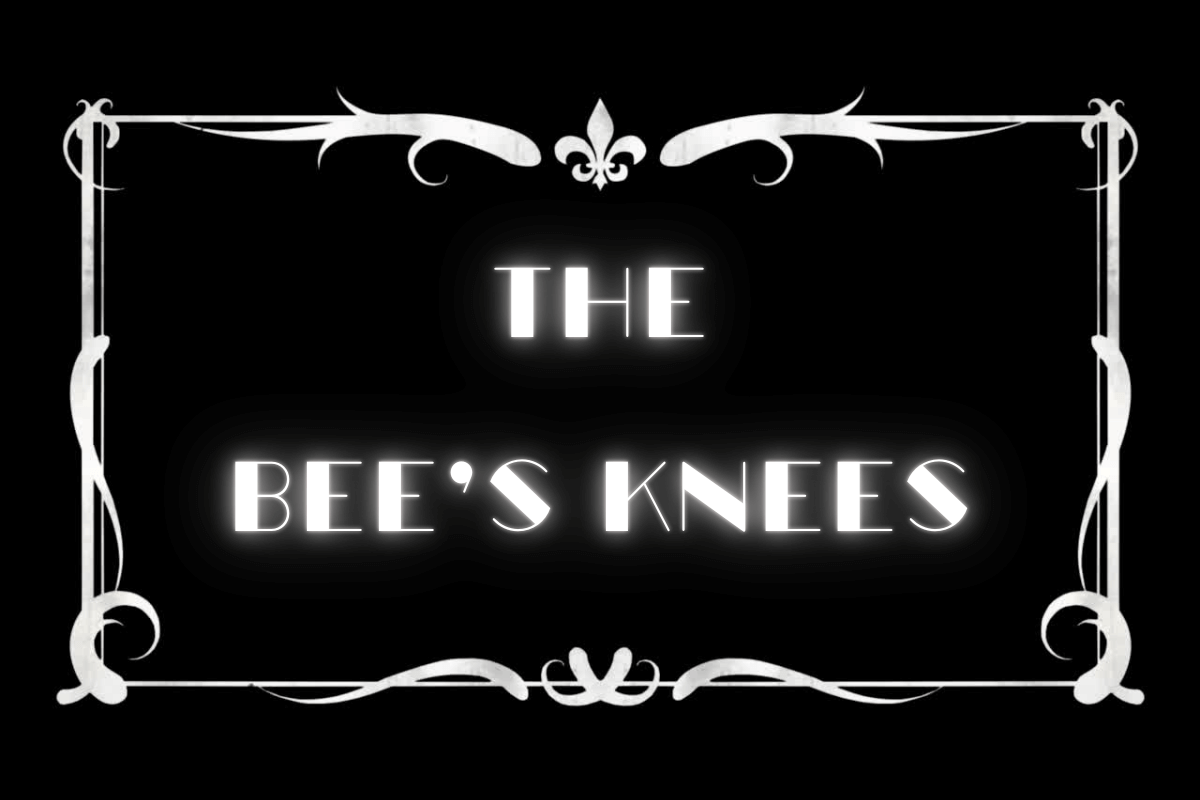
“The bee’s knees” was a popular 1920s expression used to describe something or someone as the best of the best.
The exact origin is unclear, but it fits with other whimsical phrases of the time, like “the cat’s meow” and “the cat’s pajamas.”
It remains in use today as a charming vintage phrase.
Examples in sentences:
- “That new jazz club is the bee’s knees!”
- “She thinks her new dress is the bee’s knees, and honestly, she’s right.”
- “This car is the bee’s knees—so stylish and smooth to drive!”
- “He makes the best cocktails. His martinis are the bee’s knees.”
- “Everyone says their grandma’s cooking is the bee’s knees, but mine really is!”
The Berries
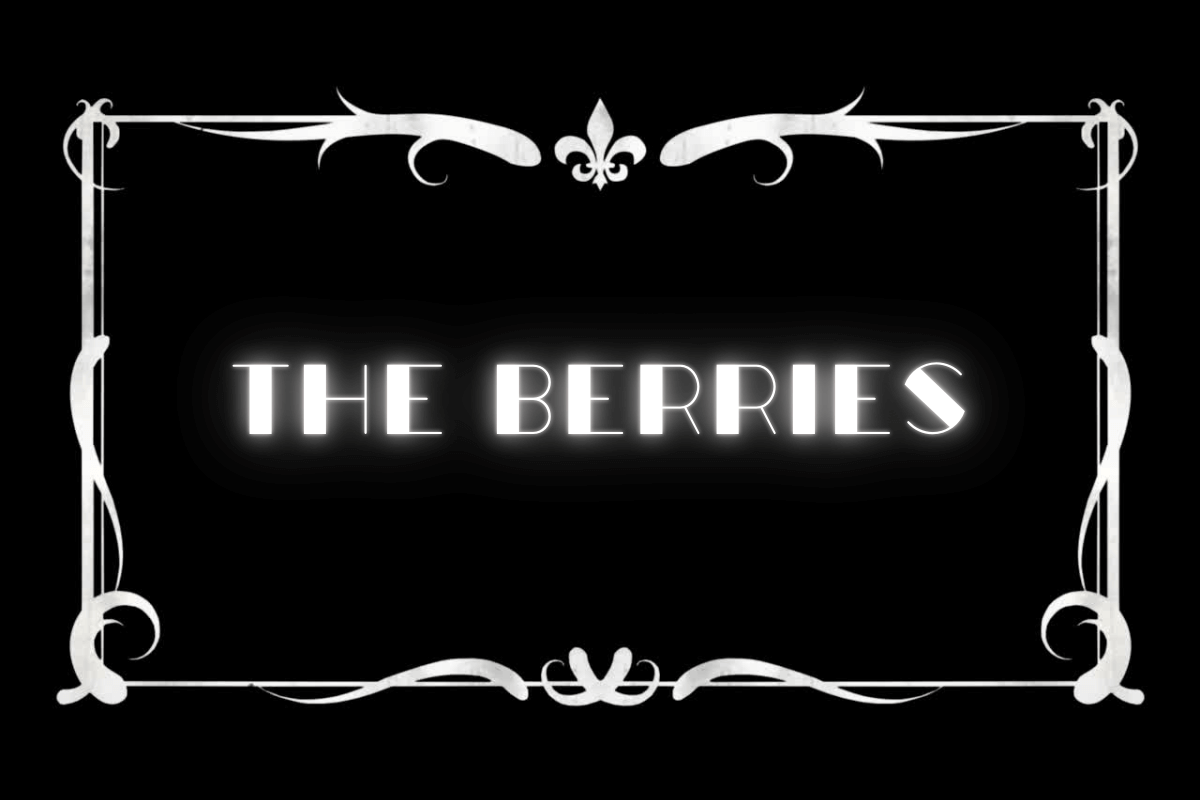
“The Berries” was a fun way to say something was the absolute best in the 1920s.
If something was “the berries,” it meant it was fantastic, exciting, or top-tier.
It was often used to describe experiences, people, or things that were highly impressive.
Examples in sentences:
- “That new jazz club is the berries!”
- “Her new dress is just the berries.”
- “The way he danced was the berries—I’ve never seen anything like it!”
- “This cake is the berries, you have to try it.”
- “I had the berries of a time at the party last night!”
The Cat’s Meow
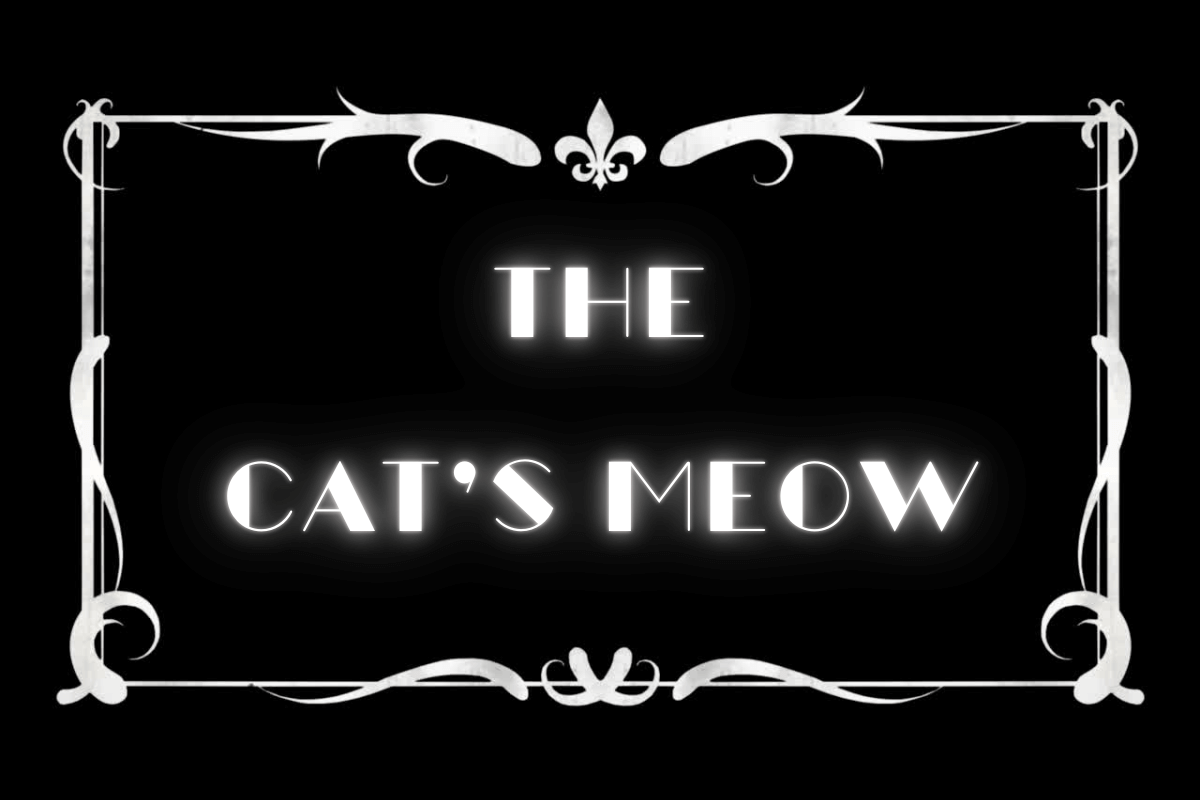
Coined by cartoonist Thomas A. Dorgan, “the cat’s meow” described something fantastic or top-notch.
The phrase became widespread, even appearing in films and television well into the 1960s.
Examples in sentences:
- “That new roadster is the cat’s meow!”
- “His dance moves were the cat’s meow at the party.”
- “She wore a dress that was simply the cat’s meow.”
- “Their jazz band is the cat’s meow—everyone loves them!”
- “I just got a raise! This job is the cat’s meow.”
The Cat’s Pajamas
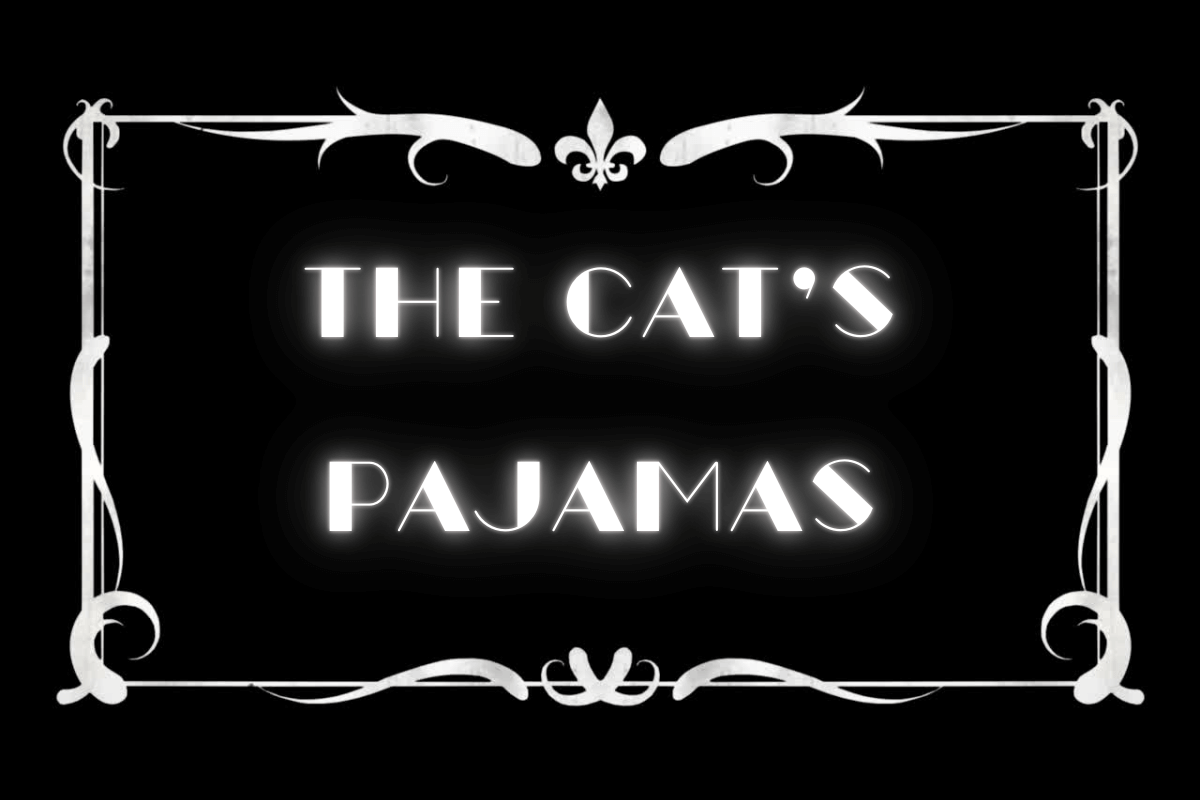
“The cat’s pajamas” was used interchangeably with “the cat’s meow” and also originated from Thomas A. Dorgan’s work.
It generally meant something was outstanding or extremely stylish.
Examples in sentences:
- “This speakeasy is the cat’s pajamas!”
- “Her new bob haircut is the cat’s pajamas.”
- “These chocolates are the cat’s pajamas—so delicious!”
- “You aced the test? That’s the cat’s pajamas!”
- “This gramophone record is the cat’s pajamas.”
Copacetic

Though still used today, “copacetic” was a popular term in the 1920s to describe something as perfectly fine or going smoothly.
It was a way to say a situation was “cool” in a relaxed sense.
Examples in sentences:
- “Don’t worry, everything’s copacetic.”
- “After the big argument, things are finally copacetic between them.”
- “The jazz band started playing, and the mood was totally copacetic.”
- “We’re all copacetic here—nothing to stress about.”
- “His boss asked if the deal went well. He just smiled and said, ‘Copacetic!'”
Dynamite
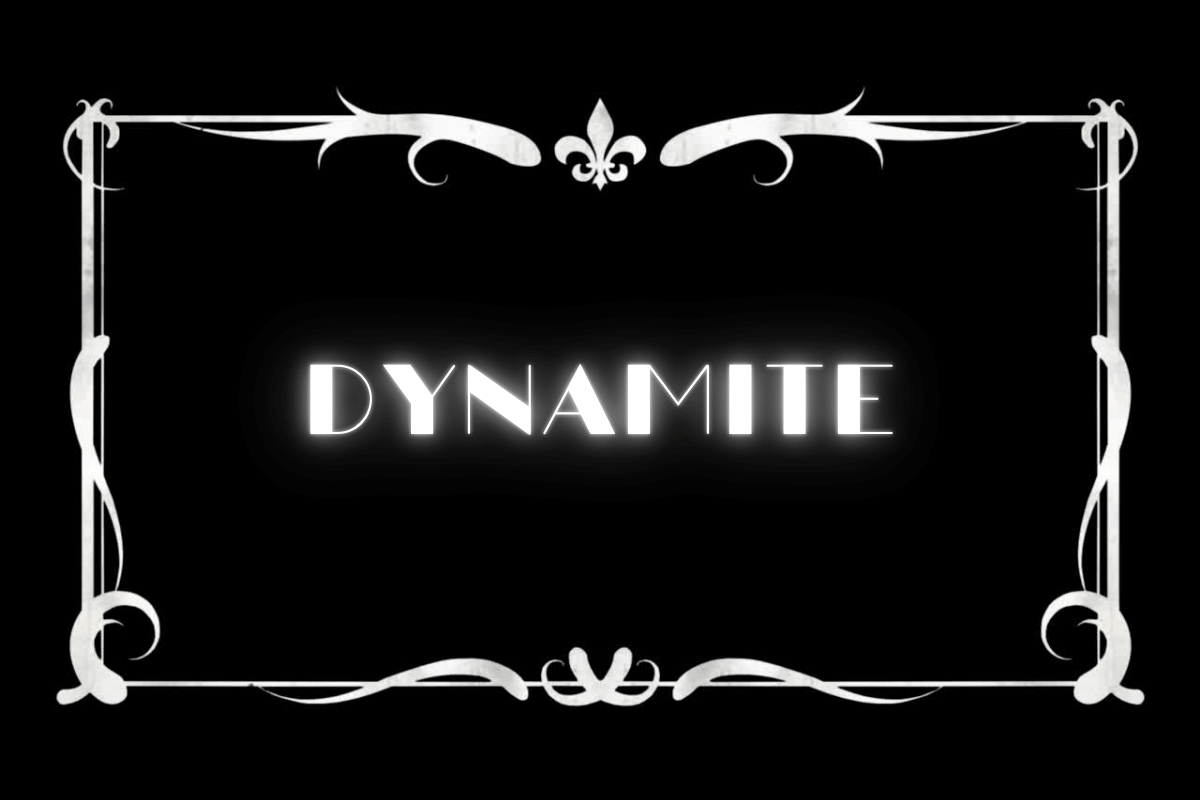
“Dynamite” was used to describe something or someone especially exciting and charismatic.
The term was flashy and energetic, just like the people it described.
Examples in sentences:
- “That performance was dynamite!”
- “He’s a dynamite salesman—always closing deals.”
- “Their new jazz record is absolutely dynamite.”
- “She walked in wearing a dynamite red dress.”
- “This party is dynamite—best one of the year!”
Hip
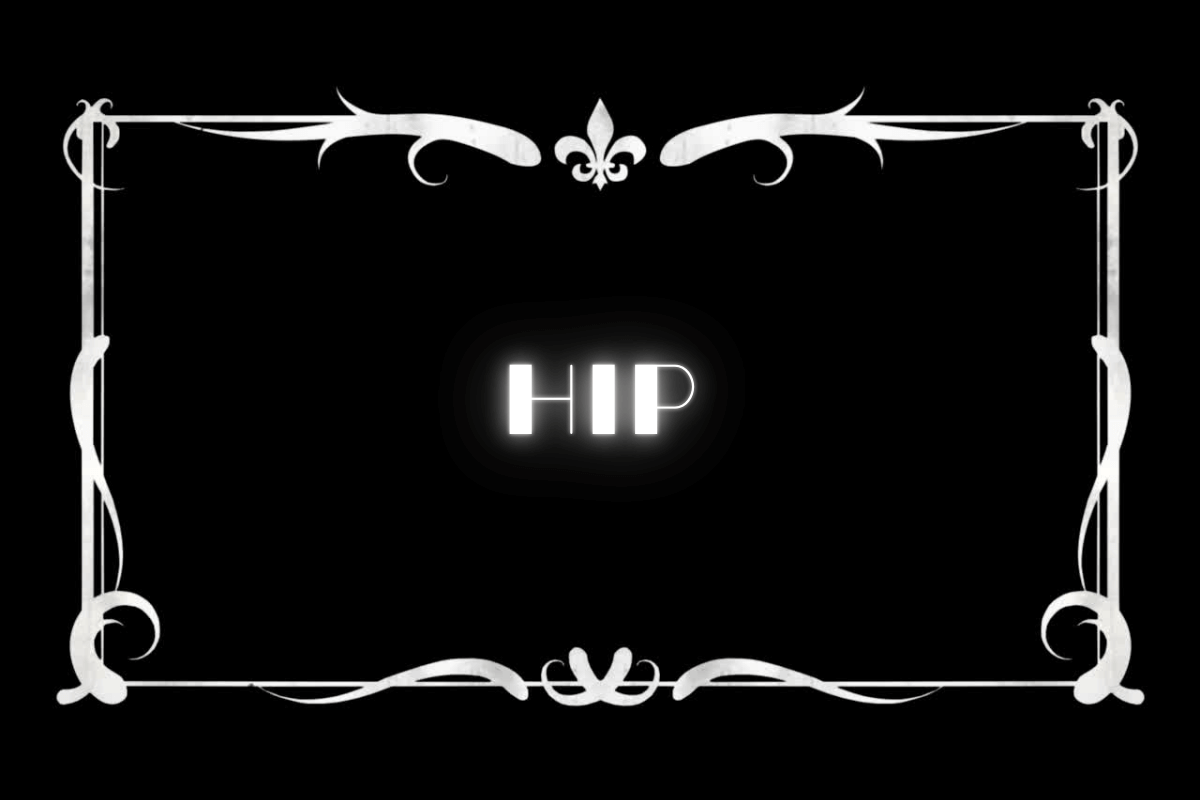
Before it became a modern staple, “hip” was already being used in the 1920s to refer to someone stylish and knowledgeable about the latest trends. Essentially, someone cool.
Examples in sentences:
- “He’s the hippest guy in town.”
- “If you want the best jazz records, ask someone hip.”
- “She’s always got the hip new fashion trends.”
- “Only the hip crowd goes to that speakeasy.”
- “Stay hip and keep up with the latest dances!”
Hotsy-Totsy

“Hotsy-totsy” was a popular way to describe something or someone as just right or highly appealing in the 1920s.
It was often used about fashionable people or exciting situations, making it a quintessential Jazz Age expression.
Examples in sentences:
- “That new speakeasy is absolutely hotsy-totsy!”
- “She walked into the party looking all hotsy-totsy in her flapper dress.”
- “The mayor’s son thinks he’s hotsy-totsy, but he’s just full of himself.”
- “This new phonograph is the most hotsy-totsy gadget I’ve ever seen!”
- “His latest film is getting hotsy-totsy reviews from all the critics.”
Slick
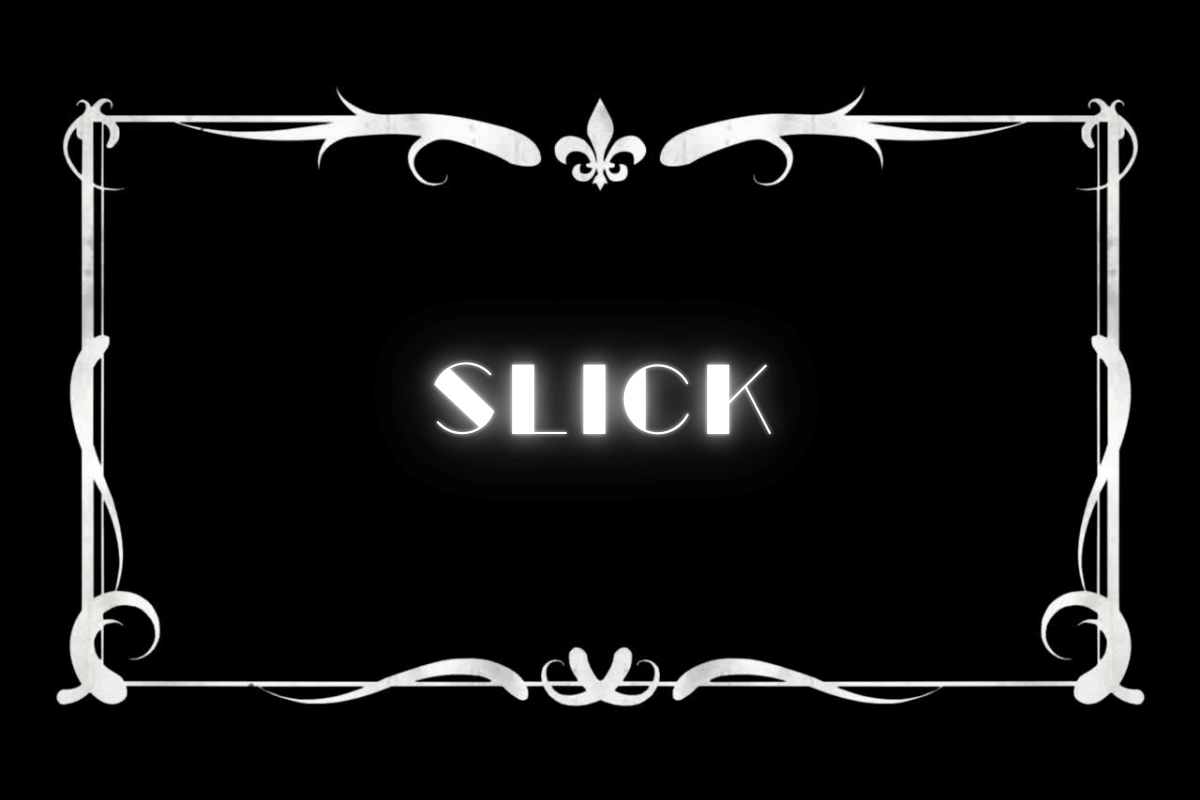
“Slick” described a well-dressed, charming man who carried himself confidently.
The term was originally related to smoothness or sleekness and became a synonym for a cool and polished personality.
Examples in sentences:
- “He’s got a slick new suit for the gala.”
- “That slick fellow always knows the best places in town.”
- “His slick moves on the dance floor wowed everyone.”
- “She likes guys who are a little less slick and more down-to-earth.”
- “That was a slick trick he pulled off at poker night.”
Spiffy
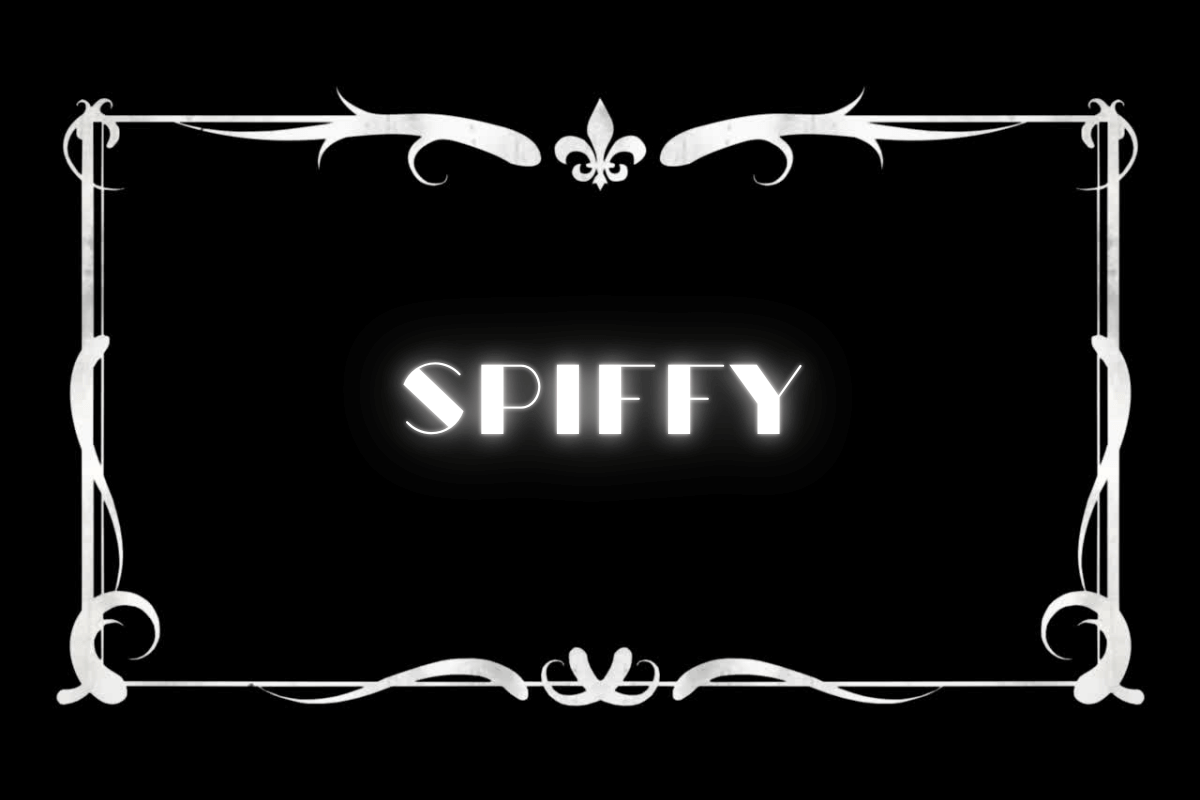
While “spiffy” was more common in Britain, it was still heard in the U.S. during the 1920s.
It described someone who was well-dressed and put together—essentially, someone “cool” in a fashion sense.
Examples in sentences:
- “You’re looking spiffy in that new tuxedo!”
- “She bought a spiffy hat for the horse races.”
- “His spiffy new shoes turned heads at the dance.”
- “A spiffy gentleman like you belongs in high society.”
- “They decorated the ballroom in a spiffy art deco style.”
Swanky
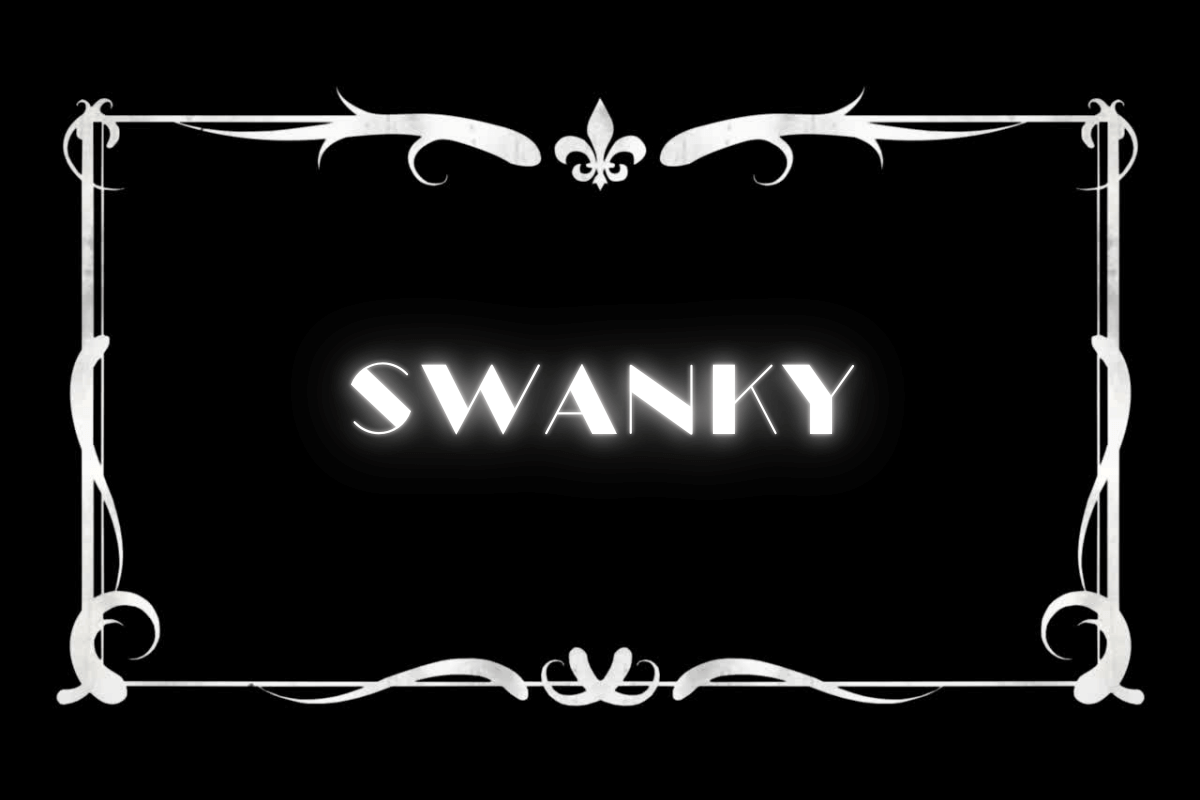
“Swanky” referred to high-class, luxurious, or fashionable things in the 1920s.
It was often used to talk about expensive venues, well-dressed individuals, or lavish parties.
The word is still in use today to describe anything posh or elegant.
Examples in sentences:
- “That new hotel downtown is as swanky as they come.”
- “They threw a swanky party with champagne and a live jazz band.”
- “He showed up in a swanky suit that cost a fortune.”
- “This place is too swanky for me—I’d rather go somewhere more relaxed.”
- “She always stays in the swankiest hotels when she travels.”
So, there were more than a handful of slang terms for cool in the 1920s.
From the most basic and generic terms to the more specific types of cool, there was a word for just about everything in the 1920s cool lingo.
Again, the very idea of “cool” is really an early 20th Century invention, and we owe much of what we think of as “cool” in the first place to the 1920s.

